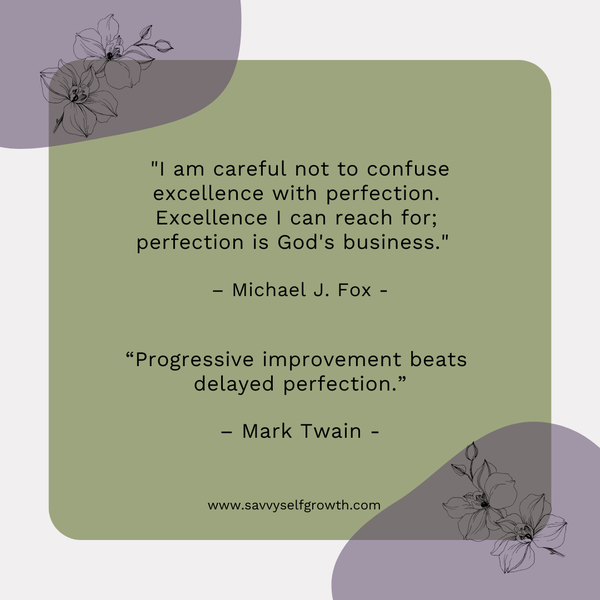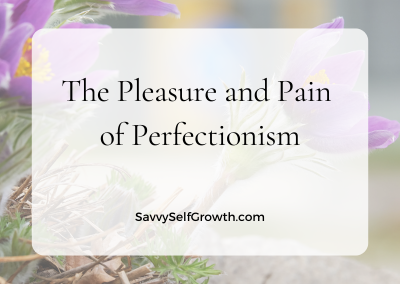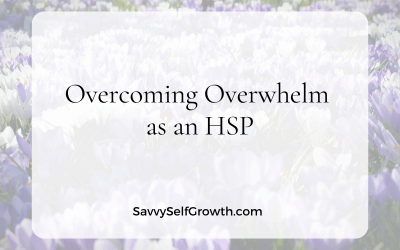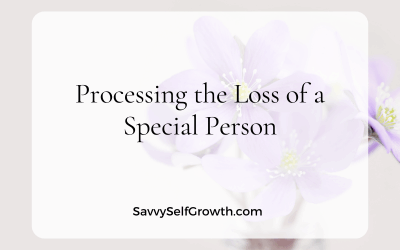Are you a Perfectionist and proud of it? Or do you wish you weren’t a Perfectionist and could enjoy life with all its messiness more?
I’ve been on both sides of the coin, and wanted to dissect this and offer ideas for our relationship with perfectionism.
As I started reading quotes about Perfection, it was fascinating how many thoughts, opinions, and angles there are. Some applaud it, others diss it with lots of opinions in between.
First, let’s get on the same page for this article.
What is perfectionism?
A search for this term can be summarised in this way:
“Perfectionism makes us strive for flawlessness and set exceedingly high standards for ourselves. This pursuit of perfection can lead to significant stress, anxiety, and a sense of inadequacy when these high standards are not met.”
Usually these aspects are present:
- Unrealistically High Standards: Setting goals that are impossible or very difficult to achieve.
- Critical Self-Evaluation: Being excessively self-critical and harsh when these high standards are not met.
- Fear of Failure: A fear of making mistakes or failing to meet expectations, which can result in procrastination or avoidance of tasks.
- Concern Over Others’ Opinions: Worrying a great deal about how others perceive our performance and fearing negative judgment.
- All-or-Nothing Thinking: Viewing outcomes in black-and-white terms, where anything less than perfect is seen as a complete failure.
And How is Perfectionism different from Excellence?
For those of you with the ‘Maximizer’ CliftonStrengths talent, it may be worth pointing out that perfectionism is not the same as reaching for excellence.
A very brief summary could look like this:
Perfectionism is about avoiding failure and aiming for an unattainable ideal, often leading to painful emotional and mental outcomes.
Reaching for excellence is about striving for personal bests, embracing the learning process, and maintaining a healthier, more flexible approach to challenges and setbacks.

My experiences with Perfection
I can remember a particular project in high school. I spent more hours writing it out in perfect handwriting than on the research for the project. Everyone thought I was foolish… but I took pride in how neat it was. And thankfully, I did get good marks for that massive effort.
On the Enneagram, I’m a Nine with a One wing. Ones want things ‘just right’ — things are either right or wrong (sounds awfully close to black and white thinking!). I have to admit, I often fall into the trap of: if it’s not perfect, it’s ‘wrong’.
As a business owner, I spend far too many hours on my articles and newsletters. Where someone else might have said “Good enough, let’s press send” a long time ago, I keep re-reading, editing one last time… and then again! (Which is what I’m doing now for the 4th time 😒).
And as an EFT Practitioner, I often erroneously think “There is ONE right way to tackle this issue with a client and I have to find it.’”
Recently during a Human Design reading, the practitioner’s question, “Errm… Do you have a little bit of a battle with perfectionism?“, made me laugh out loud!
Nature versus nurture?
The age-old argument about whether it’s inborn or learned, comes to mind. In my experience, it’s most often a case of both, and it’s no different with perfection.
It can be part of our inborn personality, and then it is reinforced by the people and experiences in our growing years. Children under 6 are in a hypnagogic state. All the experiences they have are stored in the subconscious mind as ‘the truth’ — they have no filters at that age. This is where most of our beliefs are formed — before the age of 6 or 7.
Helpful, unhelpful and normal
Personality patterns have 2 sides, just like a coin. They can be very helpful AND they can hinder or limit us. And it takes awareness to notice which one is at play.
I am mostly not aware of it when I’m inside my pattern of wanting a perfect outcome. But when others around me question my behaviour or actions, I might suddenly notice it. “Oh gosh yes, that’s why I’m feeling so tense right now!”
Our patterns feel normal to us. It’s harder to notice our own misconceptions and our inner patterning, than it is for someone outside of us. Others (who are not caught in the same behaviour) might notice that we’re never happy with less than ‘perfect’ a lot easier than ourselves.
Am I saying perfectionism is a bad thing?
What if you feel it’s an asset, are proud of it and want to keep your perfectionism?
Of course! There are many benefits to it, too. Praise, approval, love, acceptance, promotion, being given more responsibility, self-worth, excellent work, excellent services, people coming back for more, repeat business.
Those are all great reasons to be a perfectionist.
And I’d offer a little caution: it can also be a sticky trap and create a prison of “I’m not allowed to make mistakes, like other human beings. Everything ALWAYS must be excellent and perfect”. (Bit of black and white, right there.) Overwork, burn-out, and never-ending obligations can be a part of the cost.
Gosh, what pressure to live with!
Check for yourself: is it okay to make mistakes?
If you feel discomfort at the thought, I’d recommend a little pause here.
Every coin usually has 2 sides.
Keep the perfection for now, and maybe start having a friendly chat with the part of you that is not allowed to make mistakes.
Where and how did he / she / they learn that?
What to do if you notice that perfectionism hinders you
Like I mentioned earlier: it takes awareness of our patterns, before anything can change. Let’s start with noticing ways it could get in our way.
Here’s a small list of places I notice it hindering me. What’s yours? Make your own list.
- Spending far too much time on a task, wanting it perfect with no mistakes. For instance, my weekly newsletters and articles. Looking for every possible mistake, reading, editing, re-reading.
- Thinking “This is not good enough yet”.
- Agonising over details to get it right (when planning or executing a task).
- Feeling distressed if an outcome doesn’t meet my standards.
- Thinking “There is one right answer here and I have to find it”.
- Feeling anxious, afraid of criticism, procrastinating on a task — all signs that I want the outcome to the perfect.
- Making lots of effort and trying to control the outcome of a project, a relationship, a situation so that it will meet what I think the perfect outcome should be.
- Procrastinating instead of making small steps towards my goals — a sure sign I want the perfect answer before I start.
Working with the pattern of perfectionism
You might notice I did not say ‘get over’ or ‘get rid of’ or even ‘overcome’. Patterns and behaviours that have been with us for a long time are usually not something we summarily ‘get rid of’.
I find it much kinder to ‘work with’ those patterns. Kindness is one of the qualities necessary to feel safe enough to change.
‘Get rid of’ implies there’s something wrong with us or our behaviour. Perfectionism already involves a fear of criticism and judgment. So will it really help to criticize ourselves into not being one? I’ve never seen that work.
The Intention Underneath
All behaviour has a positive intention — this is one of the principles of all my work.
Even if a behaviour hinders us.
So for a start as a basic underlying foundation, we need to thank the part of us that wants to do things perfectly. It has a positive intention for us — usually about keeping us safe and happy.
Five Ideas to Work with the Pain and Pleasure of Perfectionism
In my experience, there are emotional, mental and practical components to working with any pattern. It’s usually harder to change the mental and practical aspects until the emotional parts have been heard and soothed.
Nevertheless, for today I’m going to start with the mental and practical sides. I’m leaving the best for last! 😁
#1: The Pareto Principal
The Pareto principle, or 80/20 rule, says that about 80% of results come from just 20% of the effort (and the other way round, too). It means that we can achieve most of our success by focusing on just the most important parts of our work. Instead of trying to make everything perfect, focus on the key 20% that really makes a difference. This way, we can get great results without stressing over every tiny detail. It helps us work smarter, not harder.
#2: Set a time limit for tasks
We can spend hours more than what is necessary to try and get it ‘perfect. Practice setting a time limit for tasks and if this is too uncomfortable — jump straight to #5!
#3: Questions to Check whether you’re in the pattern
If things start feeling a little like hard work and effort, ask yourself:
- How much fun am I having right now?
- Does this feel light or heavy?
- Am I trying too hard?
- Who am I trying to please?
- How much will it matter in a year if this isn’t ‘perfect’?
- Whose idea of perfect am I going for?
- What would be the factual long-term result if I don’t have all the I’s dotted and t’s crossed? (Factual — not projection of all the things that ‘could’ go wrong)
#4: Helpful mantras
These always help me. Just repeating them helps me to release the massive pressure of ‘doing the thing perfectly’.
- Progress, not perfection.
- Publish now, polish later.
We can put the thing/article out there immediately, and always go back later to improve on it.
When I was a programmer, we used to say “What’s worse than a badly designed website? NO website!”. In other words — doing the thing imperfectly has a much better chance at some result than waiting forever to ‘get it perfect’.
#5: The Vital Emotional level
We absolutely must work on the emotional level to discharge some of the main drivers for perfectionism. Even if it is baked into our personality, it is worthwhile and liberating to process some of the emotional reasons for being one. So the Perfection Slave Driver can have a little holiday, too.
EFT is my preferred tool to help discharge the emotional reasons for perfectionism.
Here are some ideas for using EFT for this pattern:
- For the discomfort you feel about having it ‘just good enough’ or ‘not perfect’.
- For the fears that come up around what might happen, the projections of all the things that could go wrong, the possible judgments and criticism that might come your way.
- For the fears of not getting the usual praise, love, acceptance, promotion and all the other benefits, if you were to ‘not be a perfectionist’ anymore.
- For the times in the past that you did get negative feedback about something not being ‘perfect’.
- For what ‘perfect’ means to you.
- For what it means about you if you don’t do it ‘perfectly’.
- For the messages you received as a child about ‘doing it wrong’: all the judgments, criticism, the horrible feelings of not being loved just as you are.
- For the times you received conditional love for when you did well, got good grades, helped mom, was a good (perfect) little girl or boy.
If you need help with how to use EFT tapping for loosening up the tendency for perfection, here’s a brief video where you can tap along:
EFT for Perfectionism (youtube.com)
Summary
There is a lot more to this topic, and so many angles we can use for EFT tapping. Let’s start with what’s already been said.
If I had to write the perfect article with every possible angle in it, I’d never publish — and thus do exactly what happens to most perfectionists!
I’m in ‘Perfection Recovery’ — so I aim to publish now so it can help one other person, and I can always improve on it with additions, as I learn.




